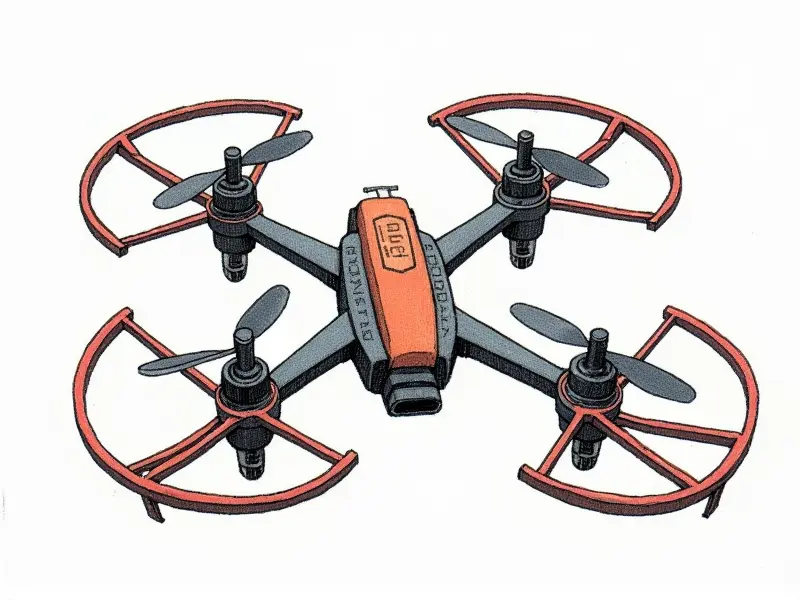Can a Walkera drone fly indoors?

Can Walkera Drones Fly Indoors Safely?
Flying a drone indoors can be an exciting and challenging experience. However, not all drones are designed for indoor use, and it's crucial to understand the capabilities of your Walkera drone before attempting any indoor flights. This article will explore whether Walkera drones can fly safely inside buildings.
Indoor Flying with Walkera Drones Explained
Flying a Walkera drone indoors requires careful consideration of several factors, including space limitations and environmental conditions. Indoor flying is generally more challenging due to the lack of open space and potential obstacles like walls, furniture, and people.
Best Walkera Models for Indoor Flight
- Walkera QR X Walker: This mini drone is designed with indoor flight in mind. It's small, maneuverable, and equipped with features that make it ideal for tight spaces.
- Walkera F210: Known for its agility and stability, the F210 can handle both indoor and outdoor environments effectively.
Indoor Flying Tips for Walkera Drone Users
- Choose a Suitable Location: Find an open area with minimal obstacles. Avoid flying near windows or other fragile objects.
- Charge Your Battery Fully: Indoor flights can be shorter due to limited space, so ensure your drone's battery is fully charged before each flight.
- Practice Slow and Controlled Movements: Indoors, sudden movements can lead to crashes. Practice slow and controlled maneuvers to improve precision.
Walkera Drone Performance Inside vs Outside
The performance of a Walkera drone indoors differs significantly from its outdoor capabilities. Indoor flying requires more precise control due to the confined space and potential for collisions with objects. Outdoor environments provide more freedom, but indoor flights can be equally rewarding if done correctly.
Is Your Walkera Drone Suitable for Indoors?
To determine whether your Walkera drone is suitable for indoor use, consider its size, maneuverability, and stability features. Smaller drones like the QR X Walker are generally better suited for indoor flights due to their compact design and agility.
Walkera Drone Safety Indoors: What You Need to Know
Safety is paramount when flying a drone indoors. Ensure you have adequate space, clear of obstacles, and practice safe flying techniques to avoid accidents. Always follow the manufacturer's guidelines for indoor use.
Indoor Challenges for Walkera Drone Flyers
- Limited Space: Indoors, you'll face tight spaces that can limit your drone's maneuverability and flight time.
- Obstacles: Walls, furniture, and other objects pose significant challenges for indoor flights. Be cautious to avoid collisions.
How Well Do Walkera Drones Perform Inside?
The performance of a Walkera drone indoors depends on its design and features. Smaller drones with advanced stabilization systems tend to perform better in confined spaces, offering smoother flight experiences and easier control.
Tips for Flying Walkera Drones Indoors
- Use Obstacle Avoidance Features: If your drone has obstacle avoidance sensors or similar features, utilize them to enhance safety during indoor flights.
- Practice in a Controlled Environment: Start with small, open spaces and gradually increase the complexity of your flying environment as you gain confidence.
Can You Fly a Walkera Drone in Small Spaces?
Flying a Walkera drone in small spaces is possible but requires careful planning and execution. Choose drones designed for indoor use, practice slow and controlled movements, and ensure the space is free of obstacles to maximize your flying experience.
Conclusion
Flying a Walkera drone indoors can be an enjoyable and rewarding experience if done safely and with proper preparation. By selecting the right model, understanding its capabilities, and following indoor flying tips, you can enjoy the benefits of drone flight in confined spaces without compromising safety or performance.

